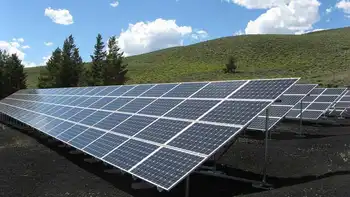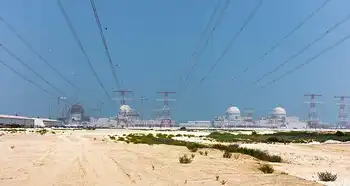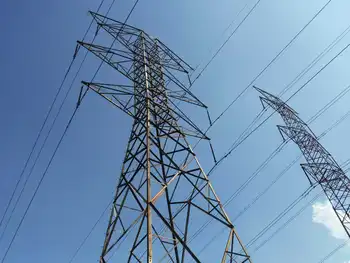PSC should study rates that charge power hogs more
BALTIMORE, MARYLAND - The electricity bill passed by the Maryland General Assembly orders a tall study agenda for the rest of the year: whether wholesale purchases can be improved; the effect of expensive juice on low-income customers; if ratepayers can recover $528 million in "stranded costs" paid to Constellation Energy, and much more.
But there is at least one more change Maryland policymakers should seriously consider: chopping electricity prices into brackets so that frugal users pay a lower per-kilowatt price than energy hogs with McMansions, swimming pools and summer-long air conditioning.
Tiered pricing is applied to electricity in California, Washington state and elsewhere. It is also used in some places for water and sewer service. And it is a great idea.
It helps low-income households that use smaller-than-average amounts of electricity. It encourages efficiency and environmental benefits by disproportionately penalizing big users. And it can be set up so it exerts little net effect - aside from the conservation incentive - on electricity sellers.
Southern California Edison gives all customers a baseline allocation of cheap juice equal to more than half the average household's monthly kilowatt consumption. It is supposed to cover staples such as refrigeration, lights and heat.
But if you live in Santa Monica and fire up a Jacuzzi, watch out. There are three more price layers that make kilowatts progressively more expensive as they pile up on your monthly bill. The dearest bracket - for households using more than twice the baseline allotment - is nearly double the price of the baseline kilowatts, according to the utility's rate schedule.
(Baltimore Gas and Electric customers unhappy with the 14 cents per kilowatt-hour that will prevail here after July 1, take note. Southern California Edison's cheapest bracket is about 12 cents per kilowatt-hour. The most expensive bracket charges about 20 cents a kilowatt-hour.)
Seattle City Light's tiered electricity pricing is simpler: three brackets. (And its hydro power is hugely cheaper: 4 cents for the basic level and 8 cents beyond that for everybody but the biggest household users, according to its Web site.)
But the idea is the same. Apartment dwellers and other users of less power are subsidized and rewarded. Big consumption is essentially taxed and discouraged.
Isn't this price control? Central economic planning? Heck, yes. But as I've noted before, kilowatts are not like most products and must be heavily regulated. They are a life-essential in a 21st century, First-World economy, the equivalent of a hearth and a roof a couple of centuries ago.
Concern for the poor was a substantial moral force behind the outcry over BGE's soaring rates. A graduated electricity pricing plan, like a progressive income tax, would help low-income families.
And it would deliver other benefits, too.
Conservation is a crucial prescription in a world where energy is expensive both financially and environmentally. But BGE and other utilities have scaled back conservation-promotion programs. Tiered pricing would encourage conservation by making people think twice about buying 5,000-square-foot homes and cooling them to 65 degrees.
Yes, expensive rates for extra juice are a kind of luxury tax. But unlike taxes collected by the government, extra-expensive kilowatts would send demand signals into the economy and pay for new transmission lines and generators, helping bring down prices for everybody.
The Public Service Commission could set up the system so it would be financially neutral for BGE, Pepco and the power generating companies. It would apply to residences only; it wouldn't affect economically important businesses.
Rate relief for the poor. Conservation incentives. Both without choking off investment for electricity projects. It is something Maryland should consider.
Related News

Portland General Electric Program Will Transform Hundreds of Homes Into a Virtual Power Plant
PORTLAND - Portland General Electric Company is set to launch a pilot program that will incentivize installation and connection of 525 residential energy storage batteries that PGE will dispatch, contributing up to four megawatts of energy to PGE's grid. The distributed assets will create a virtual power plant made up of small units that can be operated individually or combined to serve the grid, adding flexibility that supports PGE's transition to a clean energy future. When the program launches this fall, incentives will be available to residential customers across PGE's service area. Rebates will be available to customers within three neighborhoods…




